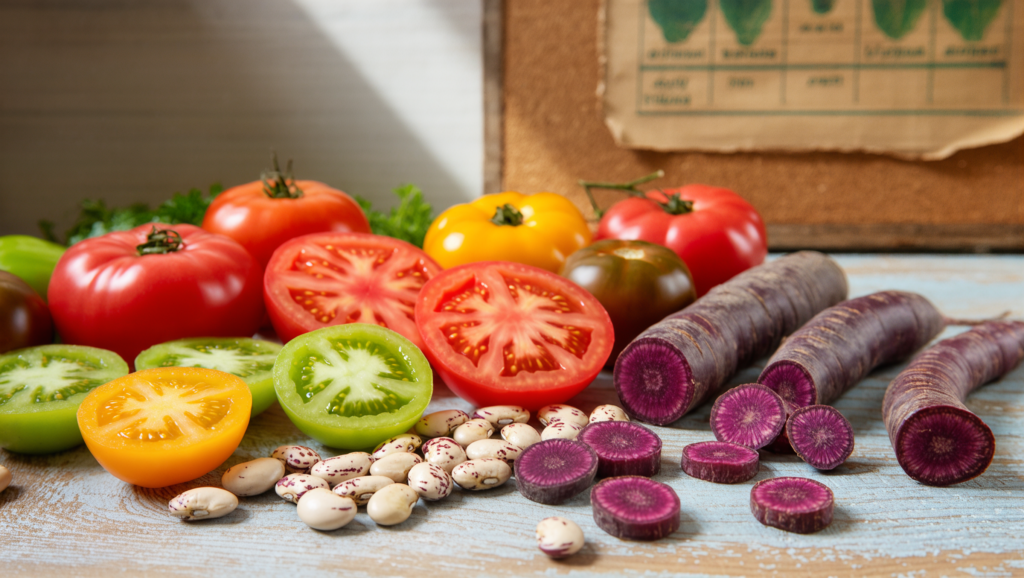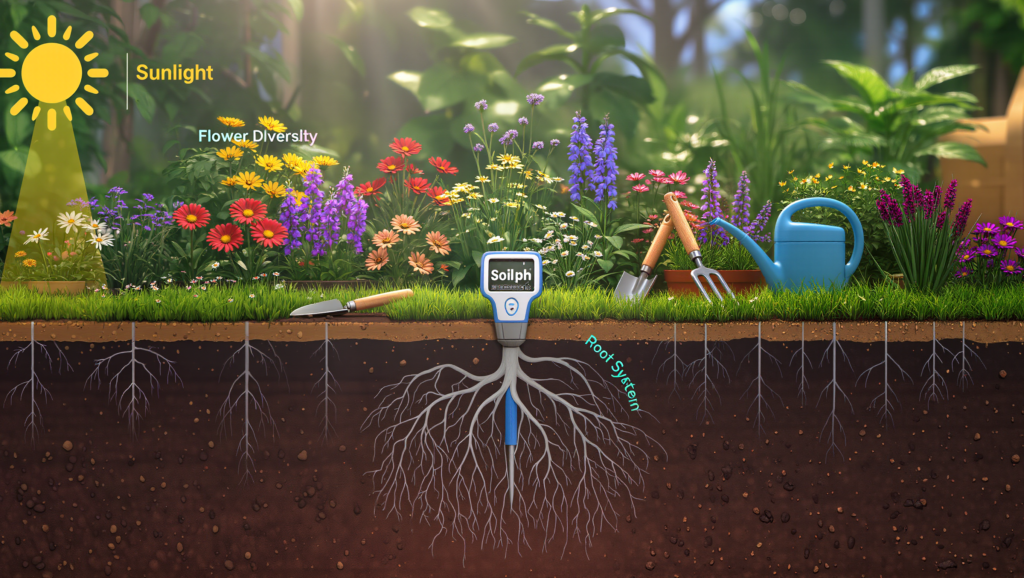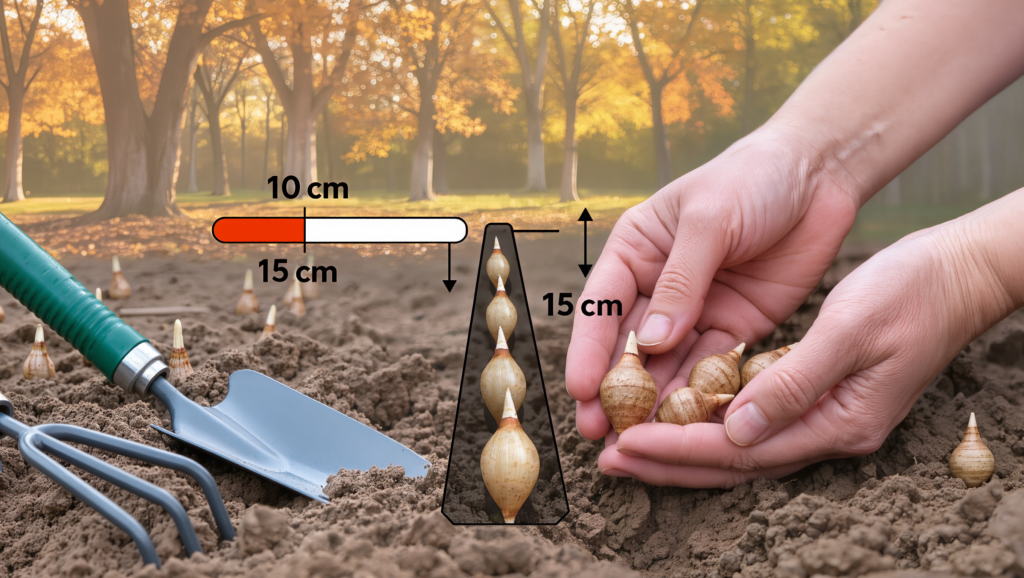Move over, uniform supermarket veggies—those quirky, lopsided heirloom vegetables are all the rage in farmer’s markets and backyard gardens. If you’ve ever wondered whether their colorful, wild appearance is hiding serious health benefits, you’re not alone. Foodies love them for flavor, gardeners champion their heritage, and wellness experts are launching a full-on nutrition revolution. But is the hype true? Are heirloom vegetables actually more nutritious than the hybrids bred for mass production? Let’s dig into the science, history, and practical tips so you can decide what should take center stage in your next salad bowl.
What Are Heirloom Vegetables?
Heirloom vegetables are old-school, open-pollinated varieties passed down for generations—often defined as pre-World War II crops or seeds at least 50 years old. Unlike hybrids, which are created by crossing different varieties for specific traits (think shelf life, uniform appearance, yield), heirlooms are usually selected for flavor, climate suitability, and sometimes nutrition.
Their unique genetics lead to a diverse rainbow of colors, shapes, and sizes—plus some impressive nutritional profiles you won’t find in standard supermarket offerings.
The Nutrition Argument: What Does Science Say?
1. Genetic Diversity and Nutrition
Heirlooms haven’t been selectively bred for shipping, shelf life, or superficial beauty. This preservation of genetic diversity maintains a broader spectrum of nutrients—vitamins, minerals, antioxidants, phytochemicals—that may be lost in hybrids bred for other purposes. Research indicates hybridization typically trades flavor and nutrition for higher yield and uniformity.
Example: Heirloom tomatoes boast higher levels of vitamin C, lycopene, and potassium than many modern hybrids, plus a bigger diversity of antioxidants depending on color.
2. Antioxidant Power
The wild color palette of heirloom produce isn’t just for Instagram—it reflects a range of antioxidants. Blue heirloom corn gets anthocyanins (linked to anti-inflammatory effects), purple carrots can have up to six times more antioxidants than standard orange ones, and red/purple tomatoes pack extra lycopene and beta-carotene.
Why it matters: Antioxidants reduce oxidative stress—protecting cells from aging, cancer, and chronic disease.
3. Vitamins and Minerals
Heirloom varieties like tomatoes, broccoli, and leafy greens have been measured to contain higher concentrations of essential vitamins and minerals compared to some newer cultivars. For example, historical USDA data show a dramatic calcium drop in broccoli from 12.9 mg/g dry weight in 1950 to just 4.4 mg/g in 2003—a change attributed to breeding and industrial farming.
Other nutrients to watch:
- Vitamin C: Important for immune health—higher in peak-ripened heirlooms.
- Potassium & Folate: Heart and DNA health.
- Vitamin K: Critical for bone health—especially in tomatoes and greens.
4. Superior Fiber Content
Many heirloom beans, root vegetables, and leafy greens offer more dietary fiber than commercial varieties, which aids digestion, supports cholesterol control, and helps with satiety (feeling full).
5. Unique Phytochemicals
Heirloom vegetables retain more of their original phytochemicals—natural compounds that support immunity, reduce inflammation, and potentially lower risks for diabetes and heart disease. Every heirloom’s unique genetics may provide varied health benefits, especially compared to the uniformity found in hybrid produce.
Why Can Modern Hybrids Lose Out on Nutrition?
Modern hybrids are bred for traits including long transport life, pest resistance, uniformity, and maximum yield. While these traits solve big issues for farmers and suppliers, they often reduce the plant’s nutritional density.
- Dilution Effect: “More fruits per plant” often means less nutrient per berry, tomato, or leaf.
- Less Flavor = Less Nutrition: Breeding for transport or shelf life can compromise taste and nutrient richness—nature’s flavorful produce is often the most nutritious.
- Early Harvesting: Many supermarket hybrids are picked before ripeness, losing additional nutrients that accumulate in the last days of growth.
Heirlooms and Farming Practices: The Dirt on Soil Health
Heirlooms are often grown on small farms or in backyard gardens using organic and regenerative techniques that favor soil quality. Healthy soil means healthy plants—rich in organic matter, minerals, and beneficial microbes. Commercial hybrids, typically raised with chemical fertilizers and pesticides, can have reduced nutrient density due to soil depletion.
Heirloom vs. Hybrid: Real-World Nutrition Examples
- Tomatoes: Heirlooms can have more vitamin C, lycopene, potassium, and unique antioxidants. Their flavor and juiciness also signal a higher nutrient profile.
- Carrots: Purple and red heirlooms provide more anthocyanins and carotenoids vs. orange hybrids.
- Broccoli: Historic USDA data show a steep drop in calcium and vitamin A in modern broccoli compared to earlier varieties.
- Beans and peas: Older varieties tend to provide more fiber and a broader mineral spectrum.
Flavor—and Nutrition—Go Hand in Hand
One reason people fall in love with heirloom vegetables is taste. That fuller flavor is also often a sign of richer nutrition—volatile compounds and micronutrients lost in bland hybrids bred for shipping instead of savoring.
The Downsides: Are Heirlooms Perfect?
- Yields are lower: Hybrids outperform in terms of volume, disease resistance, and uniformity.
- May be harder to grow: Not all heirlooms thrive in every climate; local adaptation matters.
- Not all heirlooms taste better: Some are chosen for heritage, color, or history over flavor, so it’s worth experimenting.
Should You Switch to Heirlooms?
If you’re looking for maximum nutrition, diversity, and flavor in your meals, heirloom vegetables are absolutely worth growing, buying, and eating. Their genetic richness, antioxidant levels, and more natural farming techniques give them a real health edge.
Tips:
- Buy locally, ideally from small farms or garden markets.
- Eat a wide color spectrum for broad antioxidant and nutrient coverage.
- Try growing a few heirloom varieties yourself—save seeds for next year.
The Verdict
Heirloom vegetables, on the whole, tend to be more nutritious than their mass-produced hybrid counterparts. They retain higher levels of vitamins, minerals, antioxidants, and phytochemicals—largely thanks to genetic diversity and better soil health. Choosing heirlooms is an investment in your health, your community, and the sustainable food movement.
So next time you see a bumpy tomato or rainbow-colored carrot at the market, grab it! Your body—and your taste buds—will thank you.








